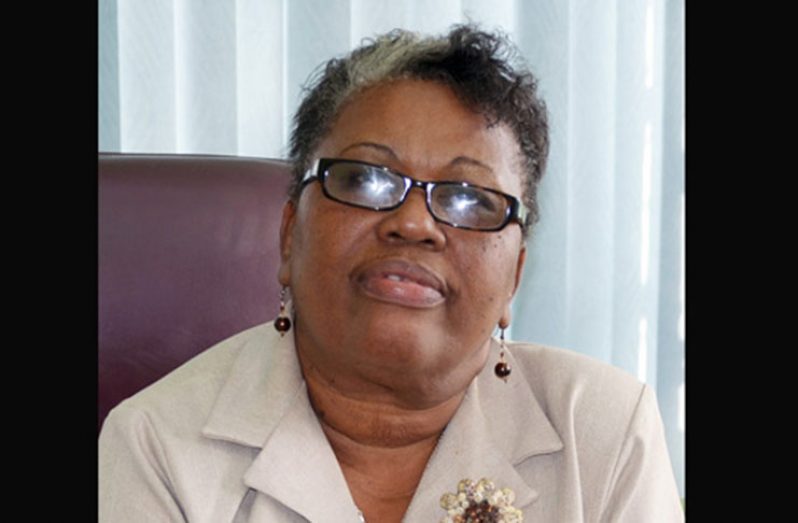– head of Child Care and Protection Agency
CHILD Care and Protection Agency (CCPA) Director Ann Greene has said that reduction in cases of child labour hinges on the reduction of poverty as Guyana joins countries the world over today in observance of World Day Against Child Labour.
According to the International Labour Organisation (ILO), child labour refers to the employment of children in any work that deprives them of their childhood, interferes with their ability to attend school, and that is mentally, physically, socially or morally dangerous and harmful.
The United Nations (UN) reports that globally, 168 million children engage in child labour. While a significant portion are children from areas affected by conflict or disasters, others originate from countries which are considered poor.
According to Greene: “Children who are involved in child labour [in Guyana] are generally those from poor households. They are forced to drop out of school to help support their families because income is not sufficient.”
In 2015, the Ministry of Social Protection released the findings of the 2011 National Child Labour Rapid Assessment Survey, which found that children in Guyana are involved in the worst forms of child labour, which included prostitution.
The report explained that many of the youths canvassed were involved in selling and agriculture, while hidden evidence of prostitution was found in all of the age ranges.
“Also troubling was the fact that a small percentage of the children and working youths sustained illness and injuries while working. These occurred while the children and young workers were involved in mainly weeding, begging or carrying out sexual activities,” the survey revealed.
It also found that many children were involved in carrying heavy loads and operating machinery, while some were also exposed to all weather conditions, chemicals, pesticides, glues, dust, fumes and gases at their places of work.
The Social Protection Ministry had pronounced that most of the homes of children and working youths were headed by single females, who had more than one dependant and most times more than one working child.
VULNERABLE
Greene said single-parent homes are particularly vulnerable, due to limited incomes.
As such, she offered that one approach should be to reduce poverty, which would allow these at-risk families to have some form of financial security, thereby allowing children to pursue and complete their education.
Asked about the role of the CCPA in helping to reduce child labour, Greene explained that the agency would examine the child’s contribution to the home and work with that family to have the child abandon employment, while still having those needs at home satisfied.
She said once a case of child labour has been discovered, CCPA would approach the ministry to see what welfare services that family could benefit from, thereby eliminating the need of the child to work, and providing him with the opportunity to return to school.
Greene pointed out too, that while the Social Protection Ministry and her agency have played leading roles in helping to reduce child labour, it is the responsibility for every sector of society.
“The responsibility of reducing child labour is not exclusively limited to government. Every individual, family and business has a role to play to ensure no child is involved in child labour which prevents them from having an education and living a normal life,” she said.
The CCPA head was keen to note too that while the cases of child labour in Guyana are not alarming, “one child involved in child labour is still one child too many.”



.jpg)








